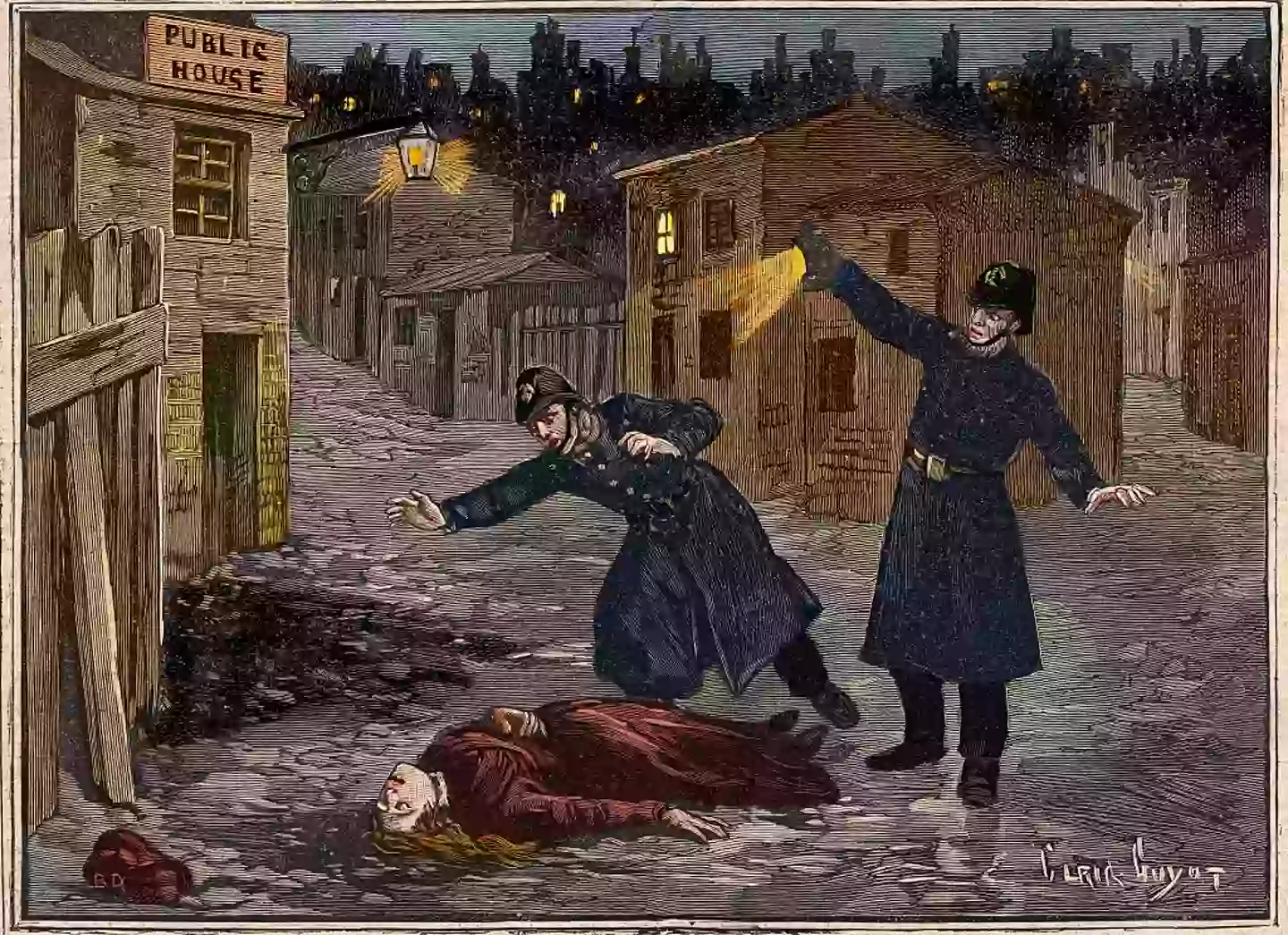An historical breakthrough has reportedly identified Jack the Ripper with complete certainty through DNA evidence, as claimed by a historian.
Close to 140 years ago, an unknown individual, known as ‘Leather Apron’ and ‘Jack the Ripper’, terrorized London’s streets, committing a series of gruesome murders of at least five women.
The victims, referred to as the ‘Canonical Five’, were women believed to be sex workers: Elizabeth Stride, Mary Jane Kelly, Mary Ann Nichols, Annie Chapman, and Catherine Eddowes.
The vicious killings occurred in the impoverished areas of East End London, with the victims’ throats being slashed before suffering mutilation and organ removal.

Despite the rampant fear generated at the time, Jack the Ripper’s true identity remained elusive for over a century.
Numerous men have been suggested as potential culprits, ranging from ordinary individuals to members of royalty.
The main obstacle has been the lack of evidence directly linking suspects to the murders until now.
Historian Russell Edwards focused on a garment owned by victim Catherine Eddowes, which was subjected to DNA analysis.
In his 2024 publication Jack the Ripper: The Definitive Revel – a follow-up to his earlier work Naming Jack the Ripper – Edwards detailed the process that led to identifying the infamous killer.
The DNA testing matched blood from one of Eddowes’ descendants, while further analysis of semen indicated a connection to Aaron Kosminski, one of the known Ripper suspects.
“He is no longer just a suspect. We can hold him, finally, to account for his terrible deeds,” Edwards declared.
“My search is over: Aaron Kosminski is Jack the Ripper.”
The Daily Mail notes that Edwards has engaged a legal team to pursue an inquest following the definitive DNA match.
The findings also imply the killer likely had brown hair and eyes, aligning with witness descriptions, as reported by Science.org.
“These characteristics are surely not unique,” conceded the authors in their publication.
However, there are skeptics who contend that the conclusions are not incontrovertible.

Hansi Weissensteiner, a mitochondrial DNA specialist, challenges the analysis, suggesting it can only ‘exclude a suspect’.
Weissensteiner argues the DNA from the shawl might belong to Kosminski, but it could just as easily match countless other London residents of the era.
Additionally, skeptics point out the absence of proof linking the shawl to the crime scene, raising the possibility of contamination over the years.
Meanwhile, the descendants of both Eddowes and Kosminski support further inquiries to potentially confirm Kosminski’s identity as the notorious killer, hoping to provide resolution for the families involved.
Karen Miller, Eddowes’ great-great-great-granddaughter, shared her views with the Mail: “The name Jack the Ripper has become sensationalized. It has gone down in history as this famous character.
“What about the real name of the person who did this? Having the real person legally named in a court, which can consider all the evidence, would be a form of justice for the victims. We have got the proof. Now, we need this inquest to legally name the killer.”

